10 Promising Small to Medium Cap Cryptocurrencies for Potential 50x to 100x Gains in 2024
In the vast landscape of cryptocurrencies, identifying promising projects with the potential for substantial growth can be a daunting task. However, for those seeking high-risk, high-reward opportunities, small to medium-cap cryptocurrencies offer a compelling arena. These coins, with market capitalizations ranging from a few million to several hundred million dollars, often represent projects with innovative technology, strong communities, and ambitious roadmaps. In 2024, a handful of these cryptocurrencies stand out as particularly promising, with the potential to deliver returns of 50x to 100x or more. Whether they offer unique solutions to real-world problems, capitalize on emerging trends, or pioneer groundbreaking technologies, these crypto coins have caught the attention of savvy investors looking to capitalize on the next big trend in digital assets. While investing in such high-risk assets requires careful consideration and risk management, the potential rewards can be substantial for those willing to take the plunge into this exciting and dynamic market.
Whether they offer unique solutions to real-world problems, capitalize on emerging trends, or pioneer groundbreaking technologies, these crypto coins have caught the attention of savvy investors looking to capitalize on the next big trend in digital assets. While investing in such high-risk assets requires careful consideration and risk management, the potential rewards can be substantial for those willing to take the plunge into this exciting and dynamic market.
Top 10 Small To Medium Cap Cryptos To Buy
1. Bounce (AUCTION)
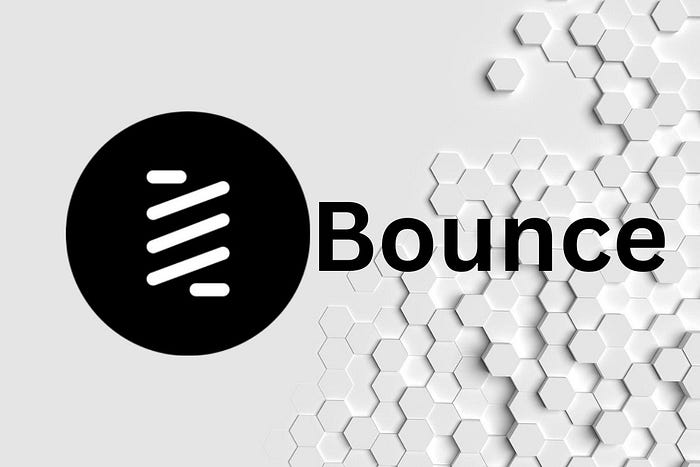
Market cap: approximately $182 million, currently around $28, with an all-time high of $70.56.
Initially starting as an Auction-as-a-Service platform, Bounce, also known as Bounce Finance, has expanded its offerings into three other categories.
One notable development is BounceBit, its BTC staking chain product, which provides another option for individuals to earn passive income from their BTC holdings, complementing other strategies I’ve discussed earlier. Recently, Bounce announced its partnership with SatoshiVM, a Bitcoin ZK Rollup L2 solution that utilizes native BTC gas for transactions. Its native token, SAVM, will be launchable on Bounce Launchpad starting January 19.
The LP Revenue Offering model enables users to earn continuous income through the protocol by auctioning off fee production from AUCTION’s automated market maker (AMM) liquidity pool, thereby encouraging ongoing participation. Despite its relatively low market cap and current position outside the top 200, this project has a well-established presence on the platform under its former name, which could be advantageous.
The expansion into different sectors signals promise although some might caution against overextension. Diversification, with the condition of attracting more talent for each division and consistently enhancing each service, seems prudent.
This presents a significant opportunity, particularly for a potential 20–30x growth by the end of next year. With a strong security score of 99/100 on DEX Tools and 97/100 on Moralis Money, along with impressive performances across various metrics (net experienced buyers, number of wallets, buy/sell ratio, etc.), Bounce appears to be a dependable choice for the future.
2. Alephium (ALPH)
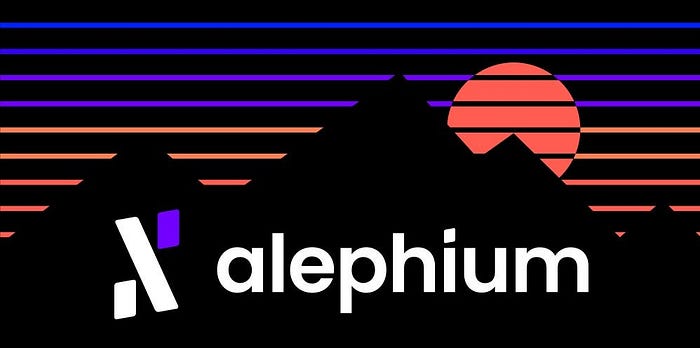
Circulating market cap: approximately $149 million, currently trading at $2.24, with an all-time high of around $2.98.
Alephium operates as a Layer 1 (L1) blockchain and has implemented the “Proof-of-Less-Work” consensus mechanism, which claims to be 87% more efficient than the Proof-of-Work (PoW) algorithm used by Bitcoin, Bitcoin Cash, Litecoin, Dogecoin, and others.
The concept was introduced by Cheng Wang, the founder of Alephium, in a post on the ETH Research website in December 2019. Wang further detailed this concept in the PoLW research paper and whitepaper, FYRP. Since its proposal, Alephium stands out as one of the few mainstream or emerging blockchain projects to adopt this approach.
Alephium also combines the traditional Unspent Transaction Output (UTXO) model, seen in Bitcoin and Litecoin, with a more developer-friendly account model, resulting in a stateful UTXO system.
Given the increasing demand for energy-efficient, decentralized, and secure blockchains, Alephium’s scalability and overall performance as it attracts more users in the future will be intriguing to observe.
While many projects have shifted towards Proof-of-Stake (PoS) as a more energy-efficient alternative to PoW, Alephium’s PoLW provides an alternative approach that will be closely watched.
If ALPH maintains its impressive performance in 2024, significant gains could be on the horizon. One key factor is its limited presence on major exchanges compared to other projects with similar market capitalization.
As of now, ALPH is not listed on major exchanges such as Binance, Coinbase, Kraken, Bybit, OKX, or KuCoin. Once it secures listings on these platforms, it is expected to experience a substantial increase in liquidity, often accompanied by the introduction of new trading pairs.
3. The Graph (GRT)
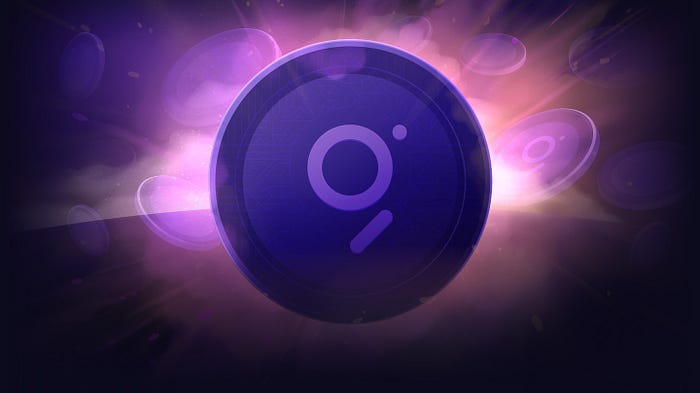
Market cap: approximately $1.56 billion, currently priced at $0.17, with an all-time high of $2.87.
The Graph protocol enables the development of decentralized applications (dApps) and the retrieval of blockchain data from various sources worldwide. This is made possible through its subgraphs, which are open APIs that fetch blockchain data, process it, and cache it for easy querying using GraphQL.
In November, The Graph Foundation revealed its updated roadmap to accommodate the rapid growth of large language model (LLM) applications, new query languages, UX enhancements, new chain integrations, and other features since its previous version in May 2022.
The Foundation also released a 2023 recap, highlighting major network milestones, statistics, updates, and performance improvements for the protocol. Some key highlights include:
— Surpassing one trillion queries on its hosted service — Enabling users to transfer subgraphs and delegated GRT from its Ethereum-based system to Arbitrum One
— Progress on Substreams, which are robust blockchain indexing software designed for The Graph network
— A ~40% increase in queries on The Graph from Q2 to Q3 2023
These developments underscore the protocol’s growth and ongoing enhancements, positioning The Graph as a key player in the blockchain data indexing and querying space.
4. PancakeSwap (CAKE)
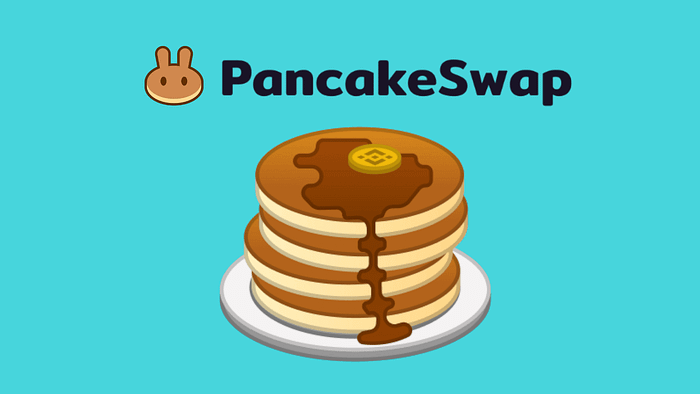
Market cap: approximately $725 million, currently trading at $2.96, with an all-time high of around $44.
As the leading decentralized exchange (DEX) on Binance Smart Chain (BNB Chain), PancakeSwap is poised to experience a significant increase in activity as the bull market resumes for various altcoins and tokens.
Since its launch in September 2020, PancakeSwap has established itself as a major player and has maintained its dominance. According to CoinGecko data, it is currently the third-largest DEX by trading volume, with $465 million in transactions in the past 24 hours (Version 3).
Initially designed as a DEX for BEP20 tokens on the BNB Chain, PancakeSwap has expanded its offerings to include Ethereum, Polygon zkEVM, and multiple Layer 2 solutions. The platform enables users to earn CAKE, its native token, through various staking options, yield farming, and access to its gaming and lottery marketplace, as well as its NFT platform, all within a single application.
CAKE plays a central role in PancakeSwap, serving as the primary token for governance, staking, liquidity provision, gaming, NFTs, trading, farming, and other functions on the platform. The platform has a net emission rate of approximately 39,200 CAKE daily, with 100% of the tokens scheduled for destruction sent to the burn address every week. This is in line with CAKE’s maximum supply, which is capped at 750 million tokens.
5. Fetch.AI

Market cap: approximately $719 million, currently priced at $0.69, with an all-time high of $1.17.
As the first AI-related cryptocurrency on today’s list, Fetch.AI aims to assist entities in adapting their existing systems to be AI-ready without the need to change their current APIs.
The platform offers modular building blocks that are programmed to perform specific tasks, aimed at streamlining various activities and enhancing our daily lives. For instance, Fetch.AI’s DeltaV product enables users to efficiently book services on their behalf without the need to directly interact with a website for online booking.
Fetch.AI’s native token, FET, along with other AI- and AGI-themed protocols and tokens, experienced a surge in popularity following the launch of OpenAI’s ChatGPT in November 2022.
Despite FET reaching its all-time high before the launch of ChatGPT, which was largely driven by a market-wide surge in 2021, there is an expectation that the combination of AI hype and another crypto-wide bull run could propel FET well above its previous all-time high in the next 12–18 months.
6. Optimism
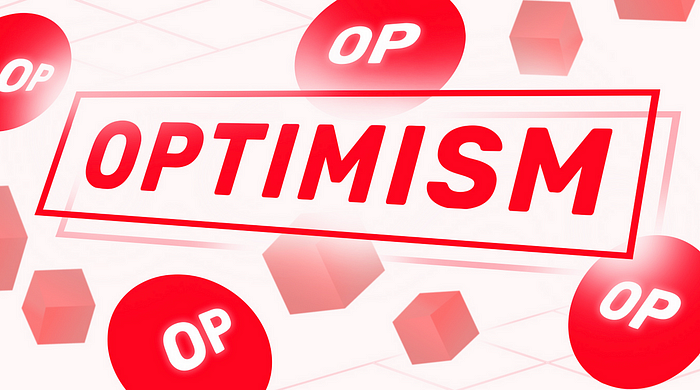
Market cap: approximately $3.35 billion, currently trading at $3.51, with an all-time high of $4.13.
Similar to Arbitrum, Optimism is another Layer 2 (L2) scaling solution, and its native asset, OP, was launched last year shortly after the protocol’s introduction a few months earlier.
Optimism is an example of an optimistic rollup, a type of L2 solution that offers cheaper scalability compared to Zero-Knowledge (ZK) Rollups, which are known for their speed, security, and privacy features. Currently, optimistic rollups are considered more suitable for decentralized finance (DeFi) applications than the ZK rollup equivalent, although each has its advantages and disadvantages.
Vitalik Buterin recently expressed hope for at least ten stage-1 rollups to be operational in 2024, indicating a growing interest in and adoption of L2 scaling solutions like Optimism.
Optimism is poised for long-term success, especially as Ethereum continues to work on scalability upgrades such as Danksharding. Even with Ethereum potentially achieving over 100,000 transactions per second (TPS) on its mainnet, L2 solutions like Optimism and Arbitrum are expected to play a significant role in scaling Ethereum and handling increased network demand.
In the future, L2 solutions could continue to support the Ethereum network, serving as a backup system in case the base chain encounters scalability issues. Overall, Optimism’s solid prospects and role in Ethereum’s scalability make it a key player in the blockchain ecosystem.
7. Render Network (RNDR)
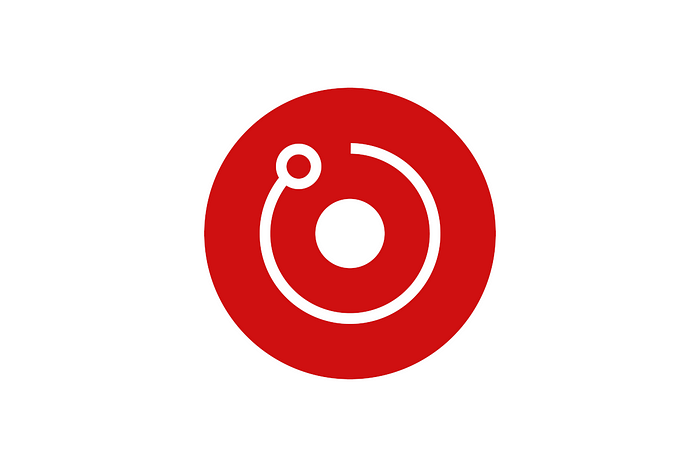
Market cap: approximately $1.44 billion, currently priced at $3.83, with an all-time high of $9.03.
RNDR aims to democratize decentralized GPU rendering power, making it more accessible to everyone. Its price has nearly doubled in less than three months, reflecting its strong performance since 2022 and its goal of making GPU rendering more accessible.
In 2023, RNDR was one of the best-performing assets, appreciating by roughly 900% by the year’s end. Despite its impressive growth, RNDR still maintains a relatively low market cap, which attracts investors looking for significant potential gains, possibly up to 20x.
The project’s success could be attributed to protocol upgrades, new partnerships, and the broader bull market, where altcoins often benefit from Bitcoin’s post-halving success.
8. Akash Network (AKT)

Market cap: approximately $650 million, currently trading at $2.88, with an all-time high of around $8.08.
Akash Network offers an open-source Supercloud, allowing users to securely and efficiently buy and sell computing resources. In 2023, the network made significant strides, including open-sourcing its entire codebase under the Apache 2.0 License and establishing a community participation structure resembling a decentralized autonomous organization (DAO).
Another notable development was the upgrade to Mainnet 6, enabling NVIDIA and AMD GPUs to operate within the ecosystem. This move was strategic, particularly in response to GPU shortages in recent years, which, while mostly resolved, continue to impact the tech industry.
The AKT token plays a crucial role in the ecosystem, serving for governance, value storage, value exchange, and securing the protocol through staking rewards. The upcoming AKT 2.0 upgrade aims to enhance incentives for token utilization, thereby promoting network growth and development.
For more details, you can refer to the Akash Network Economics 2.0 Proposal and related roadmap on GitHub.
9. Helium Network (HNT)

Market cap: approximately $1.18 billion, currently priced at $7.38, with an all-time high of around $55.
Helium revolutionizes traditional network infrastructure inefficiencies by utilizing its low-power, wide-range network (LoRaWAN). LoRa’s long-range capability and cost-effectiveness make it ideal for applications in smart cities and the Internet of Things (IoT), where numerous low-power devices and sensors in a city continuously interact.
This approach aligns with the concept of “leapfrogging,” where developing countries, notably China and India, skip the expensive and less efficient infrastructure required for traditional telecommunications networks and instead adopt wireless technologies like mobile phones, 4G, and 5G.
I anticipate a similar leapfrogging phenomenon in decentralized energy grids, a component of IoT, where blockchain technology will play a pivotal role in the future.
Innovations within the Helium Network, such as SenseCore, showcase its versatility and real-world utility. SenseCore is a software solution that enhances leak detection and water conservation in plumbing systems, demonstrating Helium Network’s potential to drive tangible benefits in various industries.
10. Arbitrum (ARB)
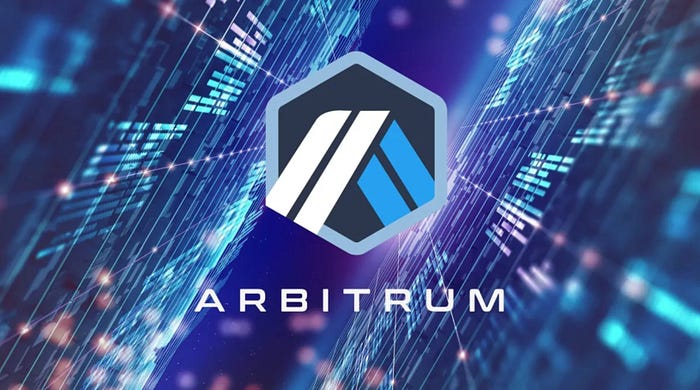
Market cap: approximately $2.73 billion, currently trading at $2.13, with an all-time high of $2.39.
As the crypto community anticipates a bull market similar to late 2020 and most of 2021, layer-2 scaling solutions (L2s) are expected to play a crucial role in helping Ethereum manage the expected surge in network activity.
L2 systems operate transactions off the main chain (layer-1) to alleviate congestion and improve scalability. Among the various L2 options available, Arbitrum stands out for its network, Arbitrum One, which accounts for approximately half ($9.63 billion) of the total value locked per L2 protocol. Additionally, Arbitrum One is one of the more established options currently available.
However, I anticipate this landscape to evolve in the coming months as competing projects make further improvements and capture more of the L2 market share. It’s worth noting that during the 2021 bull run, L2 solutions collectively offered limited improvements in throughput (transactions per second), leading to high ETH fees, particularly on decentralized exchanges (DEXes) and for users involved in buying, selling, or trading NFTs.
Conclusion
In conclusion, the world of cryptocurrencies continues to offer intriguing opportunities for investors seeking significant gains. The ten small to medium-cap coins highlighted here represent just a fraction of the innovative projects driving the crypto development forward in 2024. While the potential for 50x to 100x gains is certainly alluring, it’s important to approach these investments with caution and a thorough understanding of the risks involved. Diversification, research, and a long-term mindset are key to navigating this volatile space successfully.
Additionally, staying informed about market trends, regulatory developments, and project updates can help investors make informed decisions about their portfolios. As always, seeking advice from financial professionals and conducting thorough due diligence are prudent steps before investing in any asset, especially those as speculative as cryptocurrencies. While the allure of massive gains is undeniable, it’s crucial to balance potential rewards with the inherent risks of this dynamic and evolving market landscape.
A Message from NFTdailydose
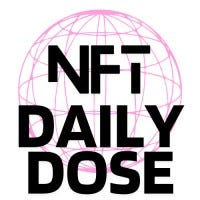 Thank you for being an essential part of our vibrant crypto community!
Thank you for being an essential part of our vibrant crypto community!
Before you go:
- 👏 Clap for the story and follow the author 👉
- 📰 View more content in the NFTdailydose





















































